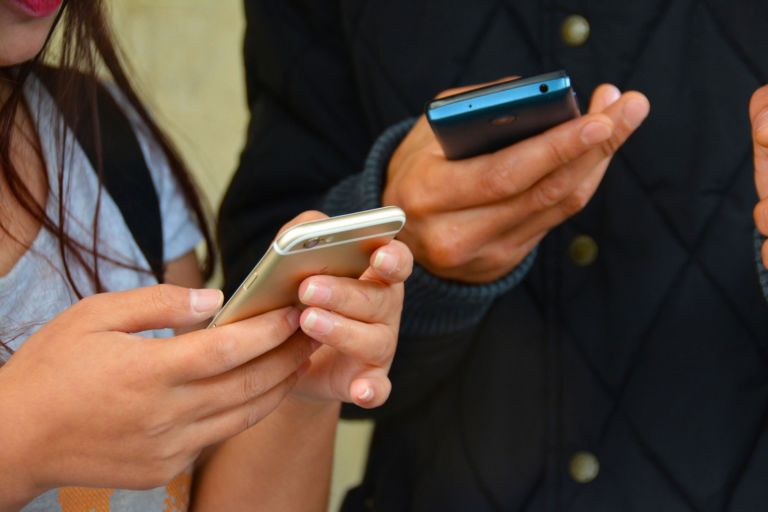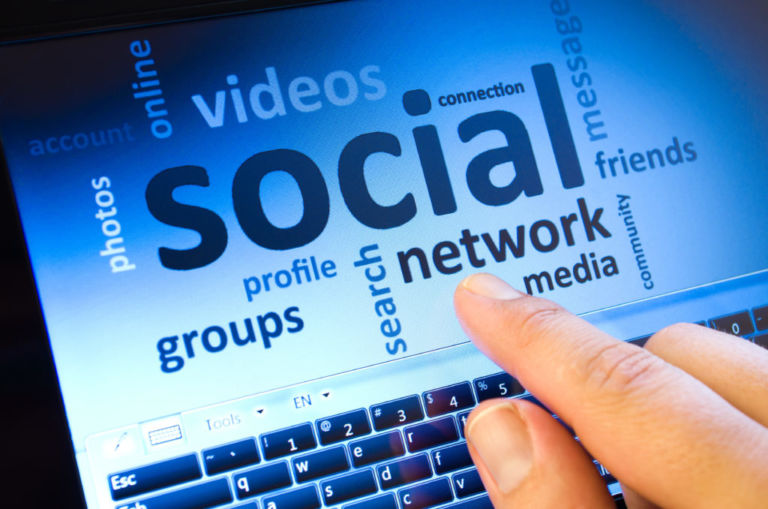Jordan Boyd writes for the Federalist about an interesting response to current technology-related woes.
Mobile phones were designed as a tool to keep humans informed and connected, but the rise of the smartphone over the last three decades means the technology that was designed to serve us ended up controlling many.
Current data suggests the average U.S. adult spends more than seven hours a day staring at a handheld screen.
Americans know there’s only so much “do not disturb” can do against algorithms crafted to create dopamine hits. This is why they are turning to so-called “dumb phones,” devices stripped of all the unnecessary bells and whistles associated with smartphones.
Flip and feature phones are often deemed “products of the past,” but could they be the future for people looking to ditch their technology addictions?
Dumb phones aren’t always cheap or aesthetically appealing, but they do offer myriad benefits for people seeking to simplify their lives.
Investing in high-quality basic phones takes the pressure off of consumers to keep up with the new iPhones Apple keeps adding to its 40-sometning iterations. It also gives users a chance to distance themselves from the increasingly apparent negative effects and addictions that come with chronic technology use.
Some are returning to the iconic flip phones that dominated the 2000s. Nokia phone maker HMD Global reported a spike in global and U.S. flip phone sales in 2022. Millennials and Gen Z’s specific interest in the relic is boosting “a once fading and undervalued phone market.”
“I think I can tell the difference in like, the little things with social media, the way I listen and, honestly, like my memory. I feel like, I don’t know, like it makes my attention span shorter,” 20-year-old Mia Robertson, daughter of “Duck Dynasty” star Jase Robertson, explained on the “WHOA That’s Good Podcast” last week after admitting she’s switching from an iPhone to a flip phone.

